by bria4123 on January 23, 2013
Wat Mahathat was Sukhothai’s ritual center from the time when it liberated itself from the Khmers in the 13th century. Its graceful forms created a standard that Thai artists have measured themselves by ever since. They also provided a model of how the world coheres.
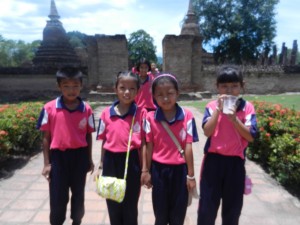
I saw several groups of impeccably behaved schoolkids in spic and span uniforms lilting around Wat Mahathat. I saw them in my previous visit too, in 2007. Thais still consider it an archetype of how the world hangs together. [click to continue…]
by bria4123 on January 21, 2013
Thailand’s artistic heritage in Sukhothai enchanted me the first time I went there, in 2007. It impressed me as much as Angkor Wat, which I saw for the first time 2 weeks before–but for different reasons.
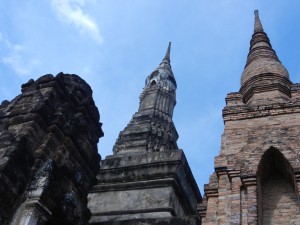
Sukhothai’s art forms were so graceful that they seemed like flying in a golden dream–a much more appropriate color than the blue in the guitarist Joe Satriani’s song. So I went back for a fuller immersion late last year, and it will grace this series of posts. [click to continue…]
by bria4123 on January 16, 2013
When the Khmers ruled a large chunk of the area which later became modern Thailand, their ritual center at Sukhothai was Wat Phra Phai Luang.
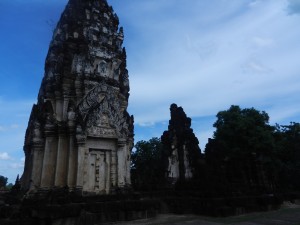
When Thais liberated themselves, they built Wat Mahathat about 1 kilometer south and made it Sukhothai’s main ceremonial area. But Wat Phra Phai Luang was still important, and they turned it into a great example of Khmer art transitioning into Thai art. Most people who go there now only spend a few minutes and move on–Sukhothai has many more temples. I spent more time there during my recent return trip than I did the first time, and it rewarded me well. [click to continue…]
by bria4123 on January 15, 2013
Many of Sukhothai’s temples reveal origins of Thai art. Wat Si Sawai proudly stands about 350 meters from Sukhothai’s ritual center, Wat Mahathat.
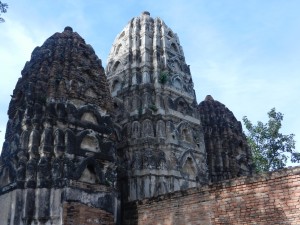
The Khmers originally built Wat Si Sawai in the late 12th or early 13th century as a Hindu temple–carvings of Vishnu have been found there. After Thais liberated themselves from the Khmers and founded Sukhothai in the mid 13th century, they converted Si Sawai into a Buddhist temple and transformed many of its features. It’s a very pleasant place to explore because it shows Thai art emerging from earlier inspirations. [click to continue…]
by bria4123 on January 12, 2013
The court of China’s Late Song Dynasty settled by Hangzhou’s West Lake. Its ethereal beauty inspired some of the most refined landscape painting in Chinese history. So I thought I’d offend the Immortals with some good old sloppy rock guitar.
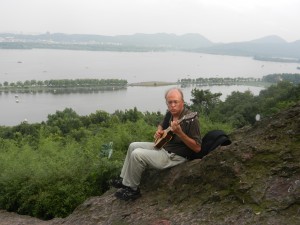
When I began to put my guitar back in the case, I actually heard a voice from above. But it was a lot more pleasant than an angry spirit’s.
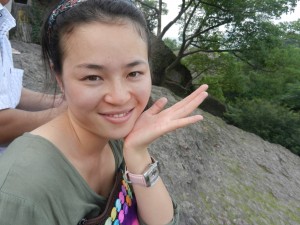
This youthful spirit was perching on the rock a little bit above me. [click to continue…]
by bria4123 on January 11, 2013
Ancient China took on Chinese characteristics during the very ancient Yangshao period (5000-3000BCE). Villages centered on farming had grown along the Yellow and Yangtze rivers, and their remains show big differences between sizes of buildings and amounts of goods in graves–China’s traditions of communal living and honoring elites were emerging way back then.
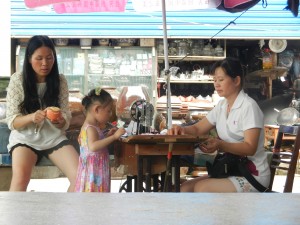
So were other aspects of Chinese culture, including ways that women have been treated and religious life. [click to continue…]
by bria4123 on January 10, 2013
I said that I don’t have any weird animal fetishes in an earlier post. But I guess I do have a fetish for ancient cultures. This is because all over the world, I’ve found that thought patterns which became established in ancient times have shaped people’s assumptions about reality up to today. This was very true of ancient China.
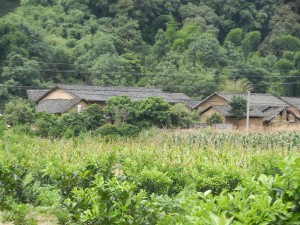
So we’ll travel way back to the Yangshao culture (5000-3000 BCE) and see how China began to become Chinese. [click to continue…]
by bria4123 on January 8, 2013
I wrote a few posts about China’s Xia and Shang Dynasties in December. But we’ll get very ancient here and explore an even earlier period and find some of the origins of Chinese culture.
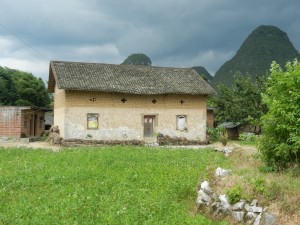
The agricultural way of life, which China’s Confucian tradition has honored, became common along the great rivers during the Yangshao period. It began around 5000BCE–4,500 years before Confucius taught. So we’ll travel way, way back and see how Chinese culture originated. [click to continue…]
by bria4123 on January 7, 2013
Those ancient Greeks were so clever. Their fans have often praised them for imagining the Olympian gods to be so realistic that they seem human. They were so vivid that I can imagine them having a Facebook conversation.
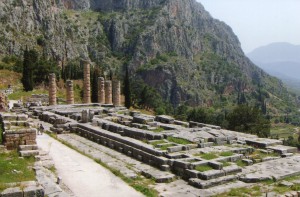
You can enter the Olympus account and find out what they’re up to. [click to continue…]
by bria4123 on January 5, 2013
Many followers of the Cao Dai religion see it as the great universal religion of today, which can bring harmony between all the world’s faiths. Others see it as a mishmash–it cuts and pastes pieces of several religions without saying anything original.
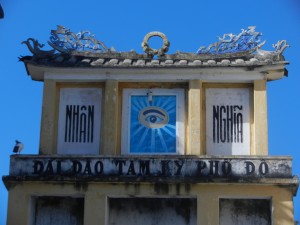
We’ll look into inner workings of the faith and see what makes it unique. [click to continue…]











